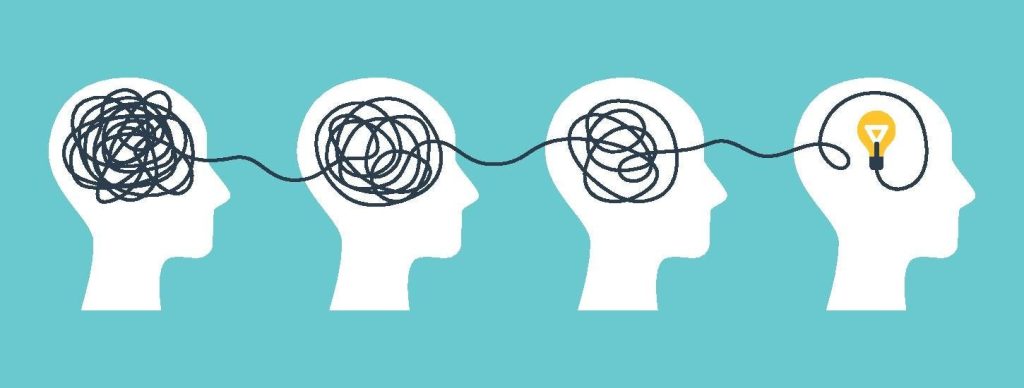Creativity is a highly sought-after skill across organizations. Managers strive to identify intrinsically creative employees from the interview process to talent development. Then, psychological safety helps promote an environment of unleashing creativity at an organizational level. But is that enough to hear the best ideas from your team?
In a micro-organization environment such as meetings, power dynamics may be suppressing employee creativity or sharing of their creativity, compelling only a few in a position of actual or perceived power to participate in the creative process. In the recently published study, Kim et al. show that when study participants were randomly assigned roles as either “high power individuals” (leadership roles and control over resources) and “low power individuals” (without leadership position or control over resources), the “high power individuals” were initially more creative in the first round of the creative task. However, “low-power” individuals’ creative outputs eventually became just as creative in subsequent rounds, showing that persistent engagement can compel employees to release their creativity. Researchers attribute this to an increased feeling of autonomy and liberation from earlier rounds’ creative tasks, mimicking a “warm-up” situation.
This study shows micro-environments contribute to perceived levels of creativity and are more within your control than you realize (compared to organizational psychological safety, which may take longer to change, or even inherent creativity levels). Below are five tactics to create a “warm-up”-like environment for your team and minimize low to high-power dynamic differences:
1. Send out brainstorming prompts beforehand
This gives employees the time to prepare their ideas and build conviction and rationale behind them so they can more confidently share. You can also request all attendees to submit at least one idea beforehand so they step over the first, sometimes the most difficult, hurdle of initiation.
2. Task mid- to junior-level employees to lead the meeting
And instruct all senior team members to participate as attendees mindfully. This means the more junior employees are setting the agenda, facilitating the dialogue, and are physically and verbally set up as “higher power” individuals. Senior members should be instructed to refrain from bestowing judgment, goading others to agree with their own ideas, or showing signs of impatience or discontent.
3. Independently generate ideas before sharing
Within the meeting, have individuals brainstorm ideas individually or in small, power-matched groups before sharing. Sharing process should give equal time to each voice, and employees are encouraged to share even if someone has already voiced the same idea.
4. Repeat brainstorm process
If time and deadline permit, break the brainstorming process into two or more sessions. This allows people to reflect on ideas shared in the first meeting and build the perception of “warm-up.” Alternatively, within the meeting, break down the session into multiple rounds with changes to subgroups.
5. Run practice sessions on another topic
To build an immediate sense of autonomy within the session, brainstorm on a topic that’s low to no risk and easy. Examples can include “What is the best way to spend your summer”? “If you could create a machine to make one aspect of your life easy, what would it be?” Subtly reminding employees of the value and importance of their own voice can build their confidence in the next round of brainstorming.
Sharing creative ideas requires one’s willingness to diverge from existing conventions. More recently, research has shown that feeling powerful also boosts participation in the creative process. This finding is not surprising: being in a position of power can lower the pressure to conform, which makes people more willing to share their novel ideas regardless of social desirability. Empowerment makes one likely to take action if they believe they can mobilize others and more likely to view risk-taking, including information sharing, optimistically.
Read the full article here










